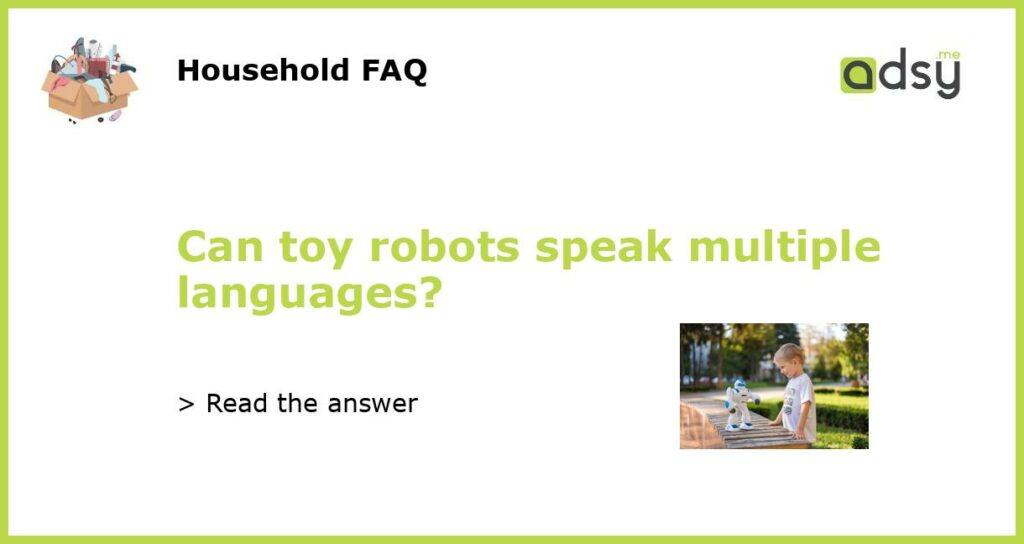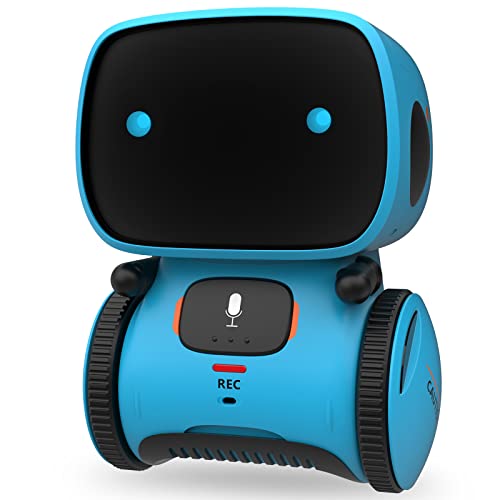Can Toy Robots Speak Multiple Languages?
Toy robots have been a popular choice for children for years. They offer a fun and interactive way for kids to learn and engage with technology. But can these toy robots speak multiple languages? The short answer is yes, some toy robots are capable of speaking multiple languages. Let’s take a closer look at how this is possible and the benefits it can bring.
How do toy robots speak?
Toy robots are equipped with special software that allows them to speak. This software is typically pre-programmed with a variety of phrases and responses. When a child interacts with the robot, it uses this software to generate an appropriate response. The robot’s voice is often generated using text-to-speech technology, which converts written text into spoken words. This allows the robot to communicate with the child in a way that feels more natural.
Toy robots that speak multiple languages
Some toy robots are designed to speak multiple languages. These robots often come with a selection of language options that can be chosen by the user. This allows children who speak different languages to interact with the robot in their native tongue. The language selection is typically done through an app or a control panel on the robot itself.
The benefits of toy robots that speak multiple languages
There are several benefits to having a toy robot that can speak multiple languages. First and foremost, it allows children from different linguistic backgrounds to play and learn together. Language barriers can often be a hindrance to communication and learning, but a multi-lingual robot can help to bridge this gap. This can be particularly beneficial in multicultural classrooms or households where multiple languages are spoken.
Additionally, a toy robot that can speak multiple languages can help to enhance language learning. Children who are learning a second language can use the robot as a conversational partner. This can provide them with an opportunity to practice their language skills in a fun and interactive way. The robot can also provide instant feedback and corrections, which can be invaluable for language learners.
In conclusion
Toy robots that speak multiple languages offer a number of benefits for children. They can help to bridge language barriers and provide opportunities for children to learn and play together, regardless of their individual linguistic backgrounds. These robots can also serve as valuable language learning tools, allowing children to practice their language skills in a fun and interactive way. As technology continues to advance, it’s likely that we will see more toy robots with multi-lingual capabilities in the future.






